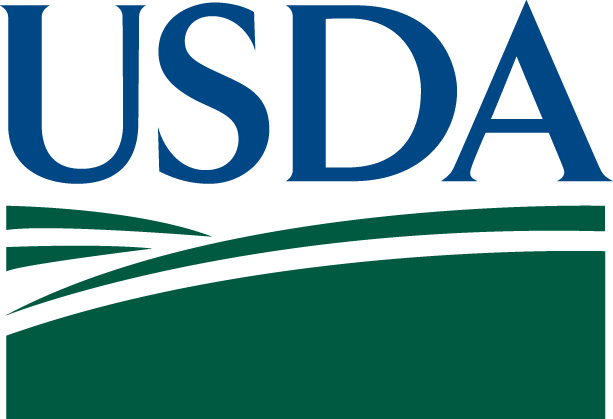The U.S. Department of Agriculture (USDA) welcomed the passage of the Inflation Reduction Act, which will deliver $19.5 billion in new conservation funding to support climate-smart agriculture. This historic funding will bolster the new steps that USDA’s Natural Resources Conservation Service (NRCS) announced today to improve opportunities for nutrient management. NRCS will target funding, increasing program flexibilities, launch a new outreach campaign to promote nutrient management’s economic benefits, in addition to expanding partnerships to develop nutrient management plans. This is part of USDA’s broader effort to address future fertilizer availability and cost challenges for U.S. producers.
Through USDA’s conservation programs, America’s farmers and ranchers will have streamlined opportunities to improve their nutrient management planning, which provides conservation benefits while mitigating the impacts of supply chain disruptions and increased input costs.
“The pandemic and Ukraine invasion have led to supply chain disruptions, higher prices of inputs, and goods shortages in countries across the globe,” said Agriculture Secretary Tom Vilsack. “USDA is responding to the needs of U.S. producers and consumers by adding program flexibilities, expanding options and assistance, and investing in nutrient management strategies to help farmers address local resource concerns and global food security while also improving their bottom line.”
Specifically, NRCS efforts include:
- Streamlined Nutrient Management Initiative – A streamlined imitative will incentivize nutrient management activities through key conservation programs, including the Environmental Quality Incentives Program (EQIP), EQIP Conservation Incentive Contracts, and the Conservation Stewardship Program. The initiative will use a ranking threshold for pre-approval and include a streamlined and expedited application process, targeted outreach to small-scale and historically underserved producers, and coordination with FSA to streamline the program eligibility process for producers new to USDA. In addition to otherwise available funding at the state level, NRCS is targeting additional FY23 funds for nutrient management. NRCS is also announcing a streamlined funding opportunity for up to $40 million in nutrient management grant opportunities through the Regional Conservation Partnership Program (RCPP).
-
Nutrient Management Economic Benefits Outreach Campaign – A new outreach campaign will highlight the economic benefits of nutrient management planning for farmers. The potential net savings to farmers who adopt a nutrient management plan is estimated to be an average of $30 per acre for cropland. It is estimated that there are 89 million acres of cropland (28% of total U.S. cropland) currently exceeding the nitrogen loss threshold; and if all those acres implemented a nutrient management plan, the average net savings would be $2.6 billion. NRCS staff develop nutrient management plans to help producers use nutrient resources effectively and efficiently to adequately supply soils and plants with necessary nutrients while minimizing transport of nutrients to ground and surface waters. Producer information is available at farmers.gov/global-food-
security .
- Expanded Nutrient Management Support through Technical Service Providers Streamlining and Pilots – New agreements with key partners who have existing capacity to support nutrient management planning and technical assistance will expand benefits and serve as a model to continue streamlining the certification process for Technical Service Providers (TSPs). NRCS is also developing new opportunities to support partner training frameworks, nutrient management outreach and education, and new incentive payments through TSP partners for nutrient management planning and implementation.
Alongside the Bipartisan Infrastructure Act and American Rescue Plan, the Inflation Reduction Act provides once-in-a-generation investment in rural communities and their infrastructure needs, while also responding to the climate crisis. The bill invests $40 billion invest billions into existing USDA programs promoting climate smart agriculture, rural energy efficiency and reliability, forest conservation, and more. Approximately $20 billion of this investment will support conservation programs that are oversubscribed, meaning that more producers will have access to conservation assistance that will support healthier land and water, improve the resilience of their operations, support their bottom line, and combat climate change. This includes:
- $8.45 billion for EQIP
- $4.95 billion for the Regional Conservation Partnership Program (RCPP)
- $3.25 billion for the Conservation Stewardship Program (CSP)
- $1.4 billion for the Agricultural Conservation Easement Program (ACEP)
For more information and resources for nutrient management planning, visit farmers.gov/global-food-





Post a comment
Report Abusive Comment